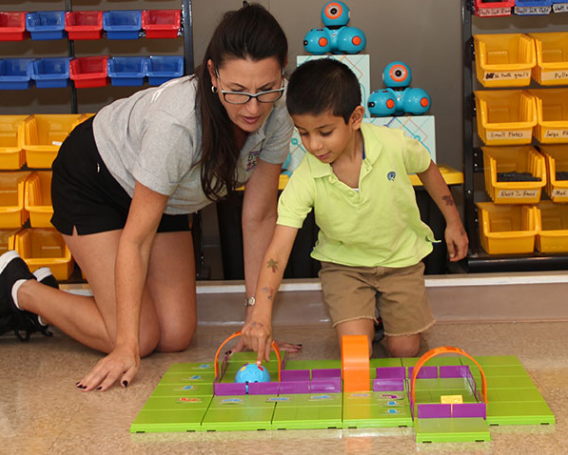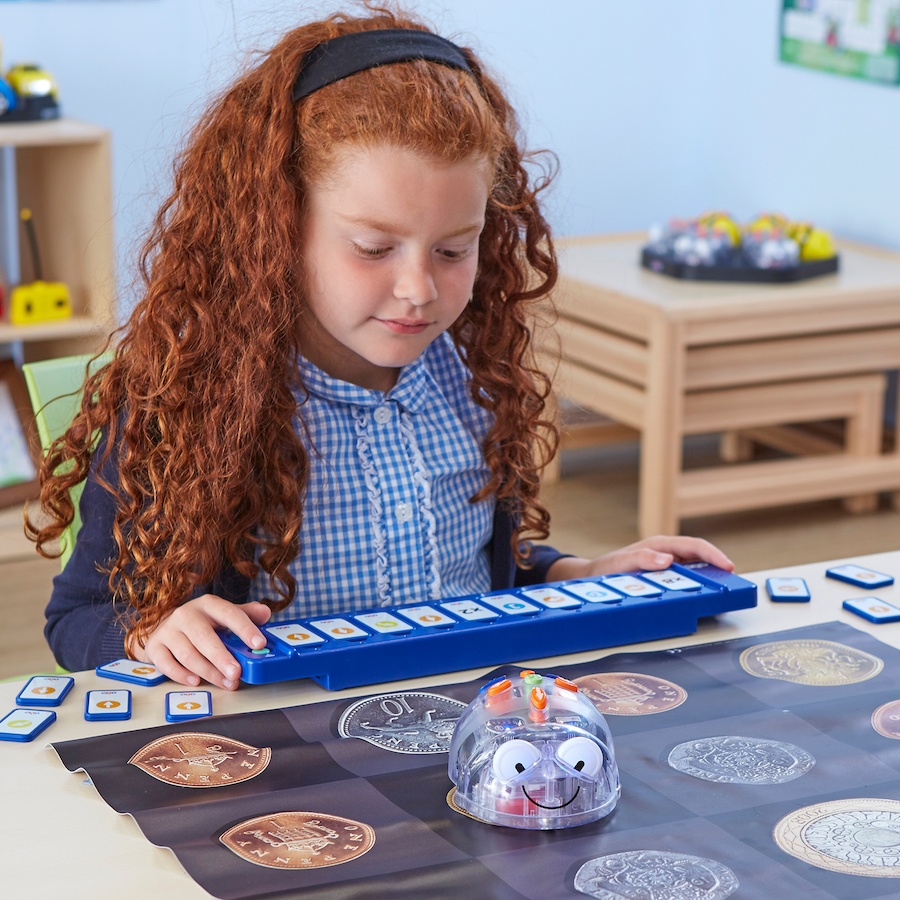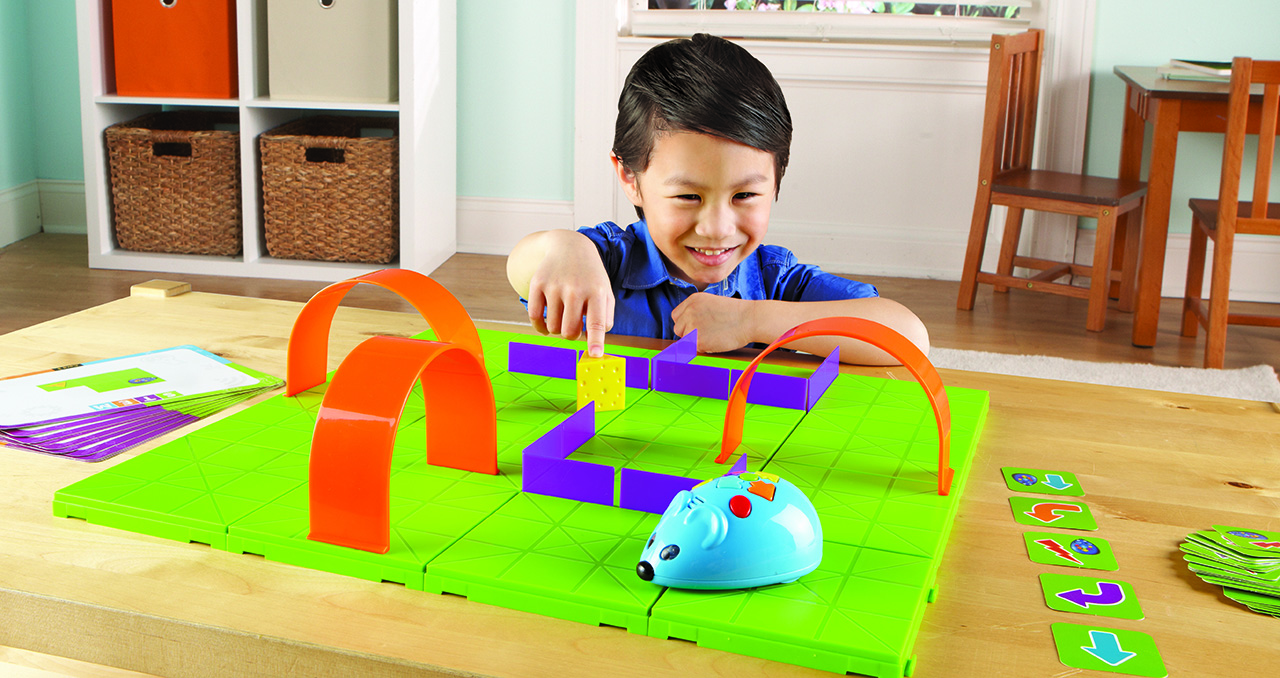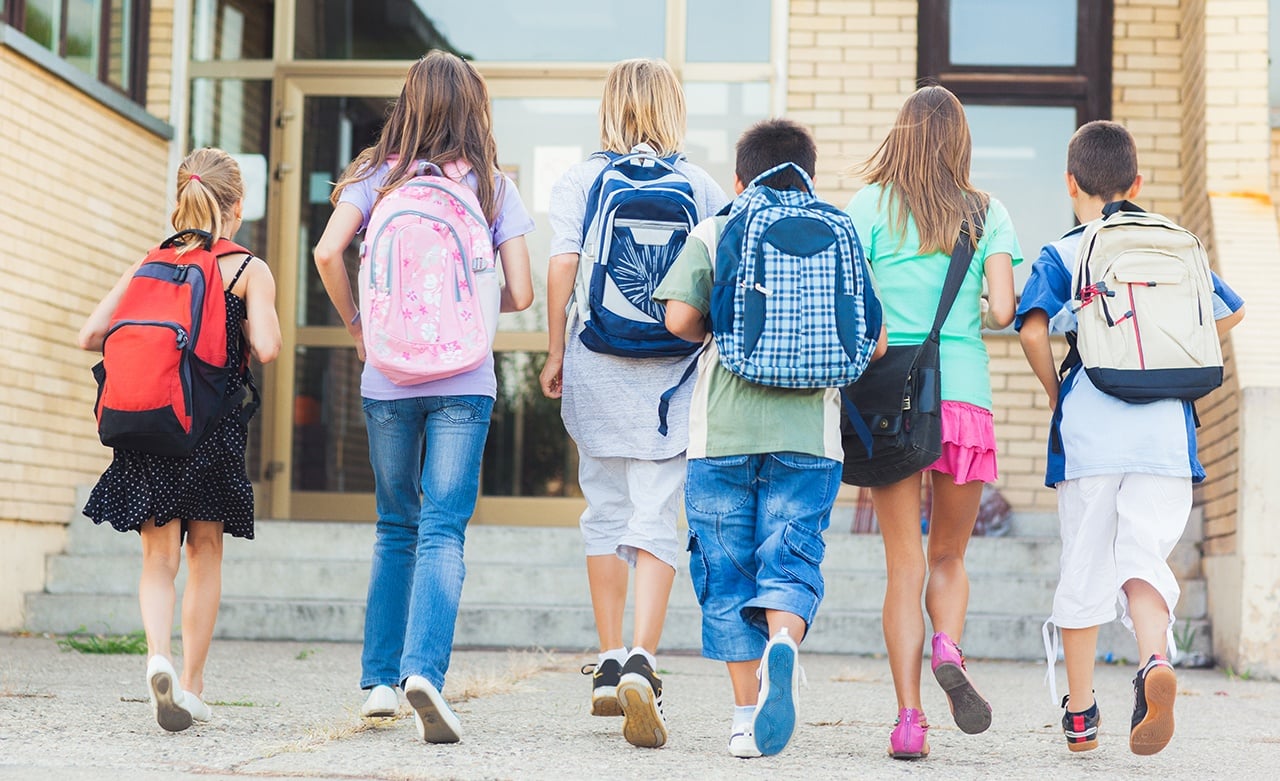Early childhood is a wonderful time to spark children’s interest in STEM.
Young children are curious about the world around them, and today that world includes coding, robotics and engineering.
Here are 5 key benefits of introducing robotics within Early Childhood Education:
1. Coding Teaches Literacy of the 21st Century

2. Coding Teaches Computational Thinking Skills
Educators have begun to explore the connections between computational thinking and the cognitive skills developed in early childhood. For example, when children use code to create algorithms (a series of ordered steps to solve a problem) they develop their sequencing ability: a foundational skill for reading and mathematics.

3. Coding Becomes A Playground
Coding can become a playground. It is an environment to be creative, for students to express themselves, to explore alone and with others, to learn new skills, and to problem solve. All of this, while having fun.

4. Robotics Makes Coding Tangible, Concrete and Screen-Free!

5. Coding Introduces Children to the Engineering Design Process
Working with robotics and coding, especially when facilitated in a classroom, means engaging with the engineering design process. This process encourages children to identify a problem, imagine and plan a solution, build and test their creation, and share their work with peers. In this process, things won’t always work as intended – ask any engineer! The process is set up to expect students to test, fix, and debug their work, so students focus on continually making changes and improvements rather than on being right or wrong. As they seek input and advice from peers, children also develop collaborative social skills around a shared project.

BLOG FAQ
Introducing Robotics in Early Childhood Education
-
Why is coding considered an essential skill for children in the 21st century? Coding is akin to literacy in earlier centuries, providing children with the foundational tools to create and participate in a society increasingly shaped by technology and computers.
-
How does coding promote computational thinking skills in young children? Coding allows children to develop computational thinking skills by engaging in activities like creating algorithms, which enhance their sequencing abilities—crucial for both reading and mathematics.
-
How does coding offer a playful learning environment for children? Coding serves as a creative playground where children can express themselves, explore individually or collaboratively, acquire new skills, and problem-solve—all while enjoying themselves.
-
Why is robotics particularly beneficial for young learners in coding education? Robotics provides a tangible, concrete, and screen-free experience for children, allowing them to see their code directly impact the physical world as robots move and react based on their instructions.
-
What skills and processes do children learn through robotics and coding activities in the classroom? Working with robotics and coding introduces children to the engineering design process, where they identify problems, imagine solutions, plan and build creations, test them, and collaborate with peers to improve their work. This process fosters problem-solving skills, resilience, collaboration, and iterative improvement.
Looking for a robot for your classroom? Here are some of our favourites. Be sure to check out the class sets of each of these robots as well for small group activities or to share with multiple classrooms.






.png)
.jpg)